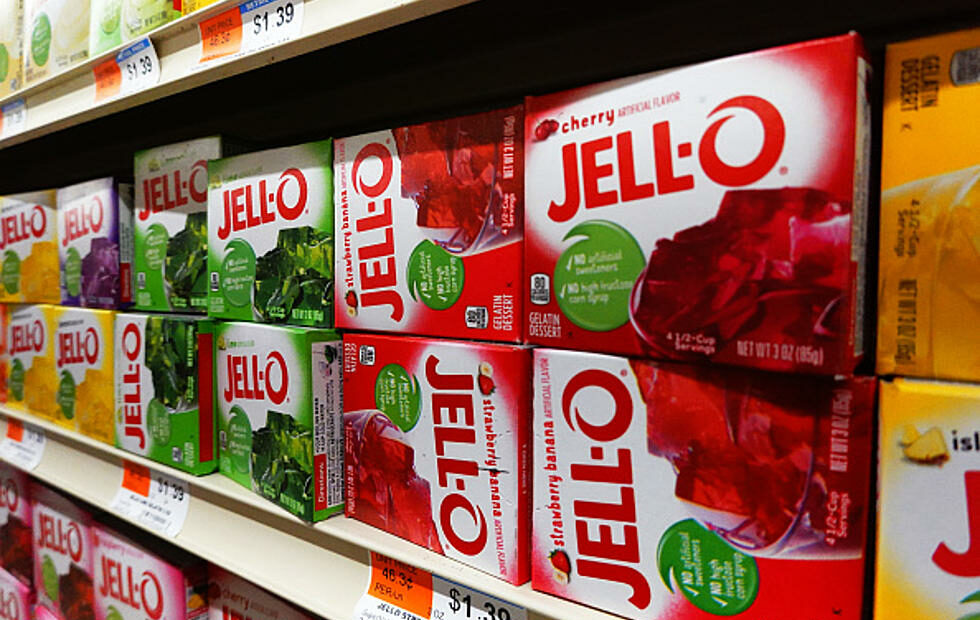The Sweet Success Story of Jell-O: How a Failed Experiment Became a Cultural Icon

Jell-O is a gelatin-based dessert that has been a staple in American households for over a century. It’s colorful, jiggly texture has been a hit with children and adults alike, but few people know the fascinating history behind this iconic treat.
Jell-O was first developed in 1897 by a carpenter and cough syrup manufacturer named Pearle B. Wait. Wait had been experimenting with a powdered gelatin formula that could be used to make a variety of dishes, but he had trouble selling it. In 1899, Wait sold his patent to a fellow businessman named Orator F. Woodward for $450.
Woodward saw the potential in Jell-O and began advertising it as a dessert. However, sales were slow at first, and Woodward struggled to make a profit. It wasn’t until he began hiring salesmen to go door-to-door and distribute free Jell-O recipe books that sales began to take off.
By 1902, Jell-O sales had reached $250,000, and by 1904, sales had doubled. Woodward continued to innovate by introducing new flavors, and by 1906, there were six flavors available: strawberry, raspberry, orange, lemon, cherry, and peach.
The popularity of Jell-O continued to grow throughout the 20th century, with the company introducing new flavors and marketing campaigns that appealed to consumers. During World War II, Jell-O was a popular dessert among soldiers, and the company even sent care packages overseas that included Jell-O cups.
In the 1950s, Jell-O became a cultural phenomenon, with ads featuring celebrities like Lucille Ball and Bing Crosby. The company also introduced a line of Jell-O salads that combined savory ingredients like tuna and cottage cheese with Jell-O, which became a popular dish at parties and potlucks.
Today, Jell-O remains a beloved dessert in American culture, with new flavors and variations still being introduced. Despite its humble beginnings as a failed carpenter’s experiment, Jell-O has become a symbol of American ingenuity and innovation.
Picture Courtesy: Google/images are subject to copyright








